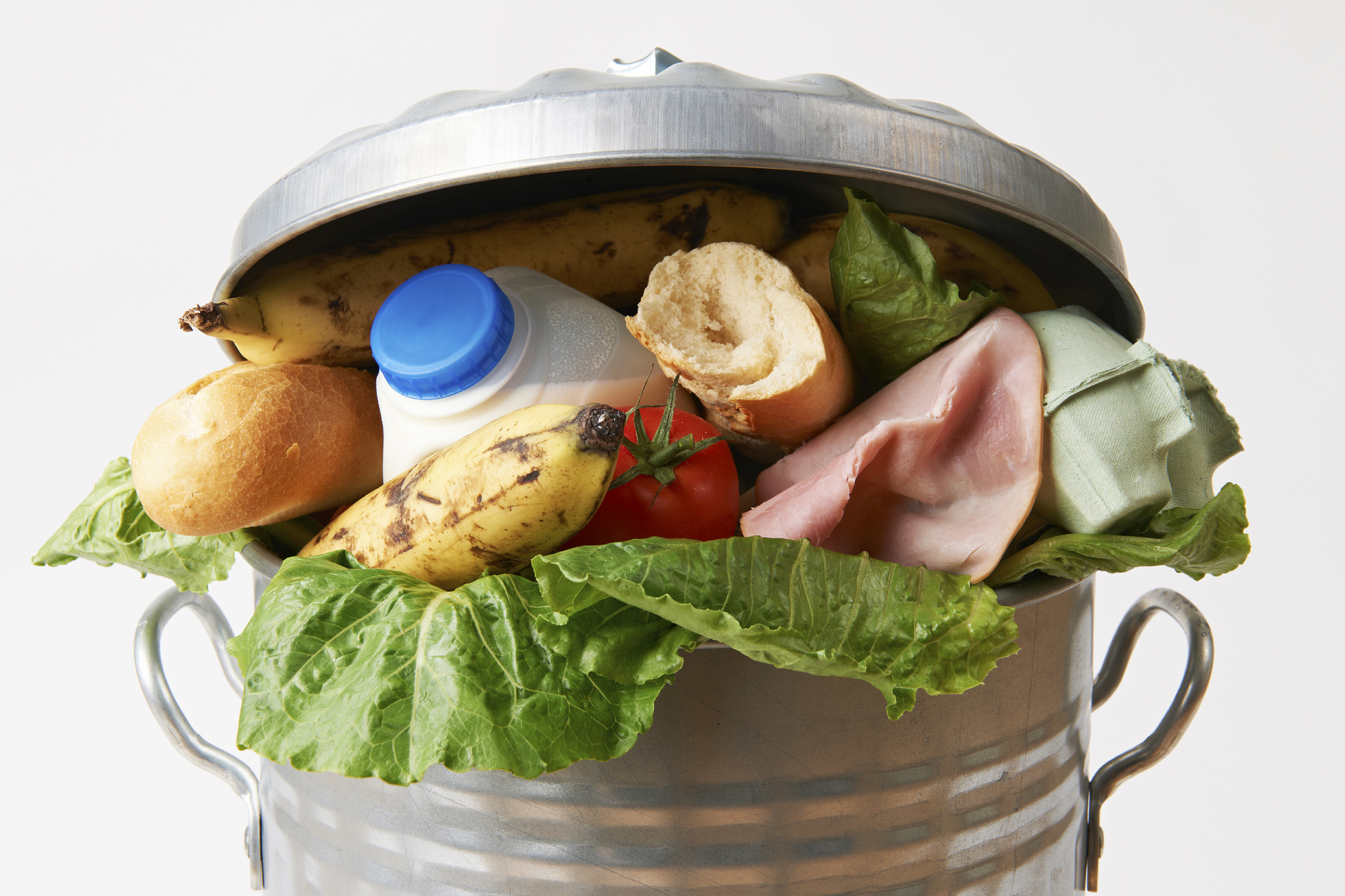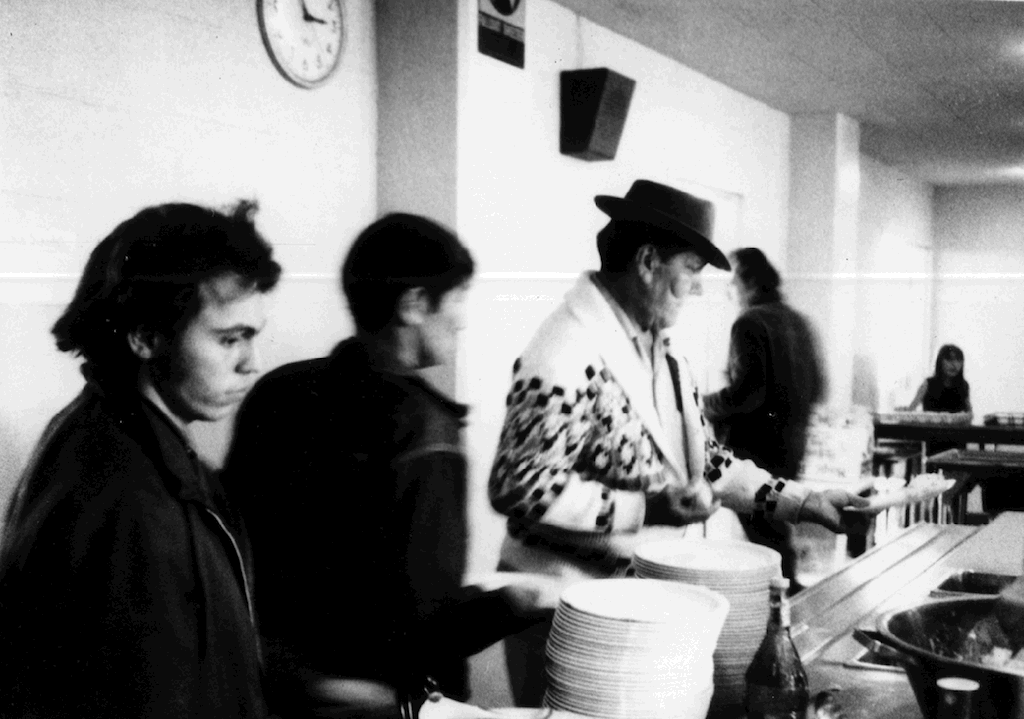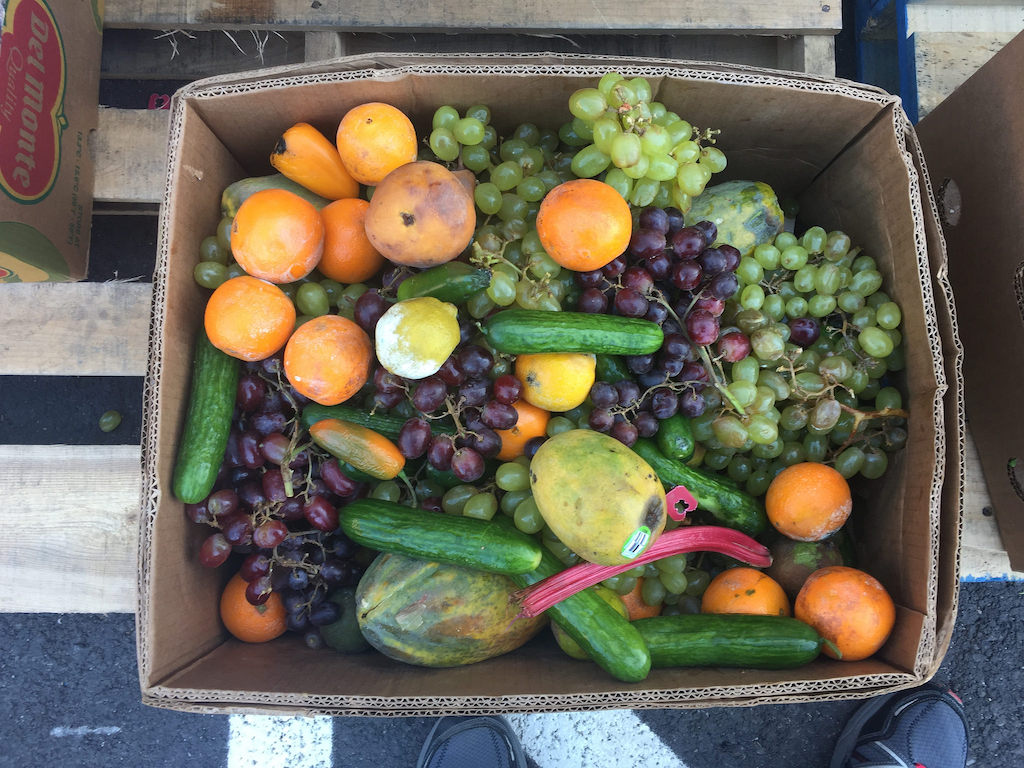
iStock/futurewalk
A new economic model suggests increasing geographic access to supermarkets could lead to more frequent shopping trips, and thus, less uneaten and spoiled food.
This July, Vermont will become the first state to completely ban food waste from its landfills—a move expected to divert tens of thousands of tons of methane-producing trash toward greener purposes, such as compost and feed for animals. Cities like Seattle and San Francisco already have similar mandatory food recycling laws in place, while other states like California and New Jersey have established food waste reduction goals. In 2015, the United Nations set the goal of halving global food waste by 2030, a target to which the U.S. has committed. All this is to say that the issue of food waste—though notoriously difficult to quantify with precision—has gained urgency among policymakers in recent years.
By and large, however, most mitigation efforts aim to provide people and businesses with alternatives to landfill, such as curbside compost pick-up or dedicated bins at restaurants for leftovers. But what if we could reorganize the food system in a way that reduces the amount of food that goes uneaten in the first place? New research suggests that we could do so by increasing grocery store density in cities.
A new study published in the peer-reviewed Manufacturing & Service Operations Management journal argues that increasing a neighborhood’s proximity to supermarkets would encourage its residents to shop more frequently, while purchasing less food each trip. Down the line, this would mitigate the high rate of spoilage resulting from buying bulk quantities of perishable food in one go. The tradeoff? More stores servicing smaller areas would also lead to increased retail-level food waste. That’s because individual businesses would find it harder to predict and stock the food that fewer customers want on a day-to-day basis. Nonetheless, up until a certain point—the study calls it the “optimal” density of stores in a neighborhood—the amount of food waste saved within households would still exceed the amount incurred at the business level.
“Often the biggest reasons people waste at home is poor planning.”
“Actual store density in most American cities is well below this optimal level, and modest increases in store density substantially reduce waste,” reads the paper, authored by Elena Belavina, associate professor of operations management at Cornell University. To boot: Increased store density would increase competition and likely drive down prices. “Store operators, urban planners, and decision makers should aim to increase store densities to make grocery shopping more affordable and sustainable.”
Belavina’s findings are based on an economic model she designed using a wide range of interconnected data—store density, population, consumption rates, food prices, and more in cities throughout the country—reported by a variety of sources including the Census Bureau, the grocery industry, and prior research on food waste.
Belavina came up with the study’s central hypothesis while reflecting on changes she’d observed in her personal life. In 2012, she moved from the suburbs of Paris, France—where she shopped at a market near her apartment every day—to Chicago, Illinois—where she needed a car to get to the grocery store and made the trek at most once a week. In the Windy City, she says she threw away much more uneaten food.
“I started thinking, ‘That’s very interesting. I’m the same person, I’m buying the same groceries, but now just because of how convenient [grocery shopping] is for me, I’ve changed how much I’m wasting,’” she recalls.
“Compost programs around densely populated, more urban areas is probably going to be a win-win for a lot of situations in the sense that for haulers, there’s more people.”
This dilemma may feel intimately familiar to anyone who lives far from an affordable grocery store: Each shopping trip results in an overabundance of food at first, yet a disappointing proportion always seems to go bad before you get a chance to eat it.
The connection is a unique take on the persistent issue, and one that feels rather intuitive if you think about it.
“Often the biggest reasons people waste at home is poor planning,” says Emily Broad Leib, director of the Harvard Food Law and Policy Clinic. “Being able to purchase food, especially perishable food, on a more as-needed basis—logically it makes a lot of sense that that would help people waste less food.”
Belavina notes that increased grocery store density particularly benefits cities, which have the high population density needed to meet increased store supply. That means incentives to open more stores in New York City will probably play out differently than in, say, Yonkers.
The same could be said about any other food waste policies. In 2015, Vermont mandated that all trash haulers provide pickup services for food scraps and recyclables in addition to waste. But after residents raised concerns about the efficacy of such a requirement in rural areas compared to cities, the state loosened this restriction to apply only to haulers for businesses and multi-unit apartments.
“Compost programs around densely populated, more urban areas is probably going to be a win-win for a lot of situations in the sense that for haulers, there’s more people—which makes it potentially more cost efficient and fuel efficient as well,” says Meredith Niles, an assistant professor of food systems at the University of Vermont. “But the application of these kinds of policies in smaller towns and rural states might look very different.”
The proximity to grocery stores isn’t always the dominant factor determining where we shop.
The connection between store density and food waste is an emerging area of interest. Last year, economists at the University of Georgia found that Mississippi counties with higher grocery store density produced less waste.
“It is possible that the ability to make short, frequent trips to buy groceries shortens the planning horizon with regard to meal preparation,” they theorized. That being said, proximity to grocery stores isn’t always the dominant factor determining where we shop, says Roni Neff, an associate professor at John Hopkins University and director of its food system sustainability and public health program.
“Consumers don’t necessarily shop at the store that’s close to their home,” she says. “They may travel for many reasons, including maybe something is near to where they work or on their transit route [….] Many people will go to what store has the best bargains or a great atmosphere. There’s a lot of intervening factors and we’re not really rational creatures.”
She’s pointing out a limitation to Belavina’s findings that applies to all economic models: They serve a useful purpose in simulating how you or I would probably behave under hypothetical circumstances, but they’re inherently limited in what they can prescribe at a policy level. Belavina notes as much in the paper, which encourages further, evidence-based research into the relationship between supermarket density and food waste.
“People are finding all these different, new, and interesting angles [to study food waste],” Neff says. “I think this is one of them that really needs to be followed up.”









